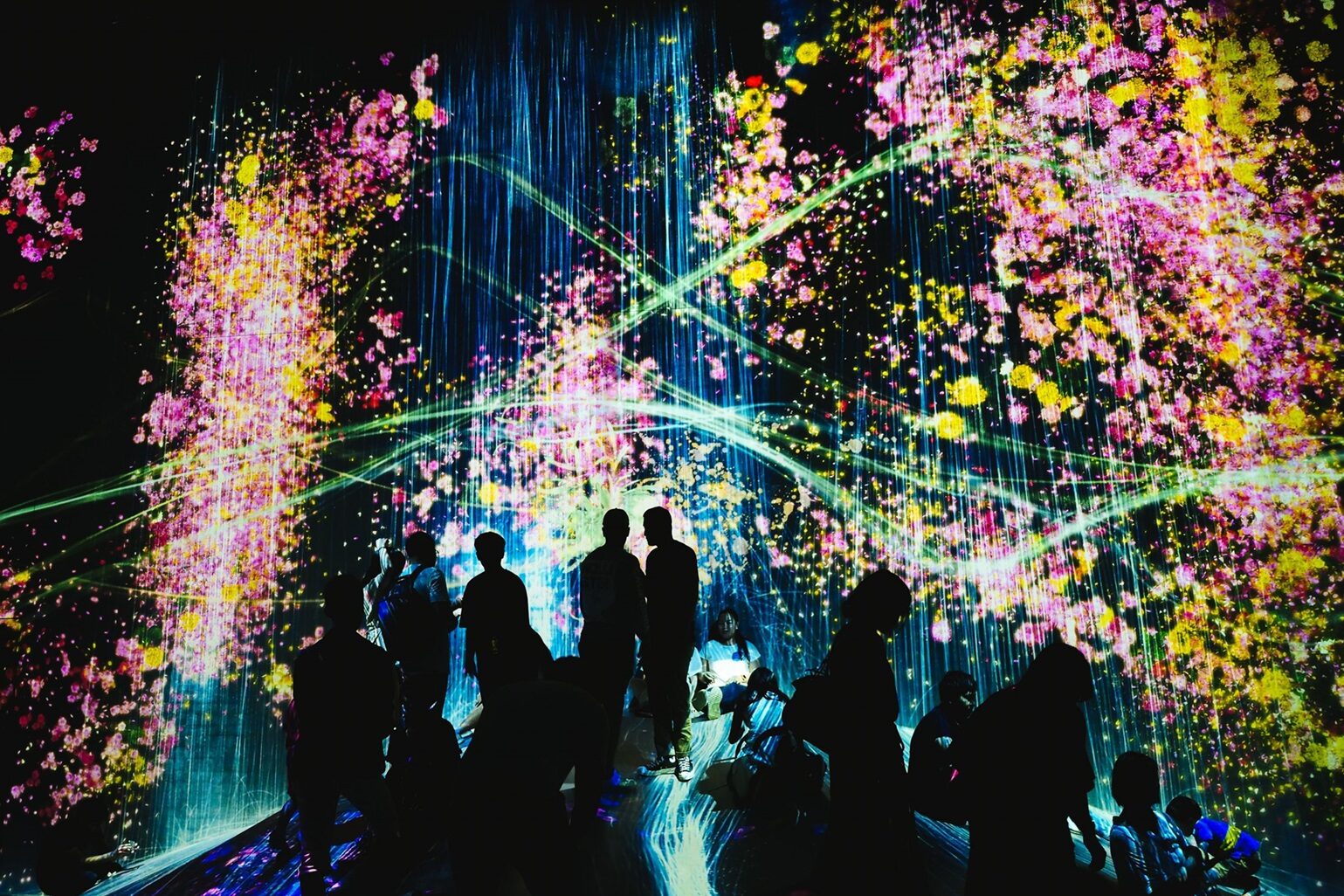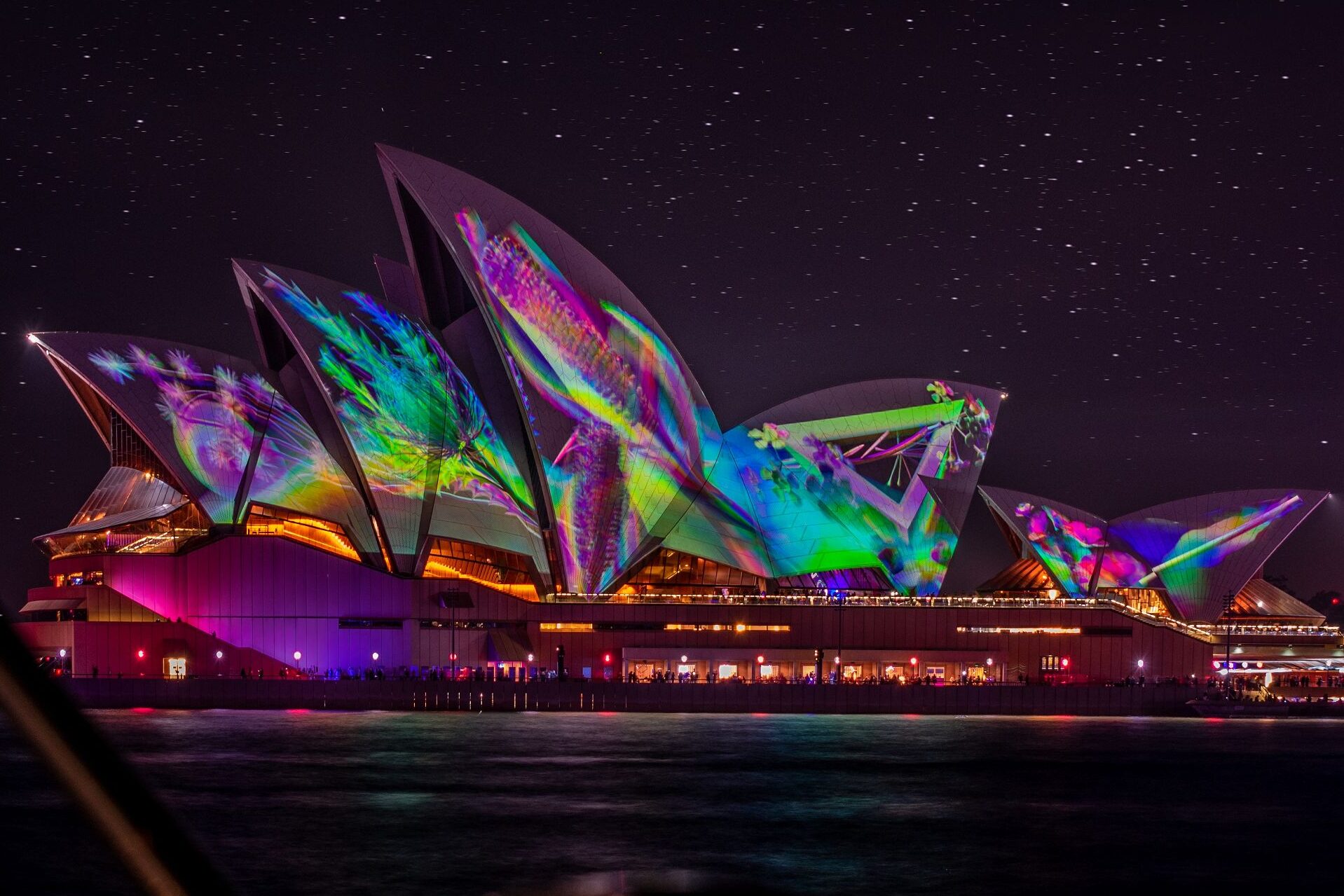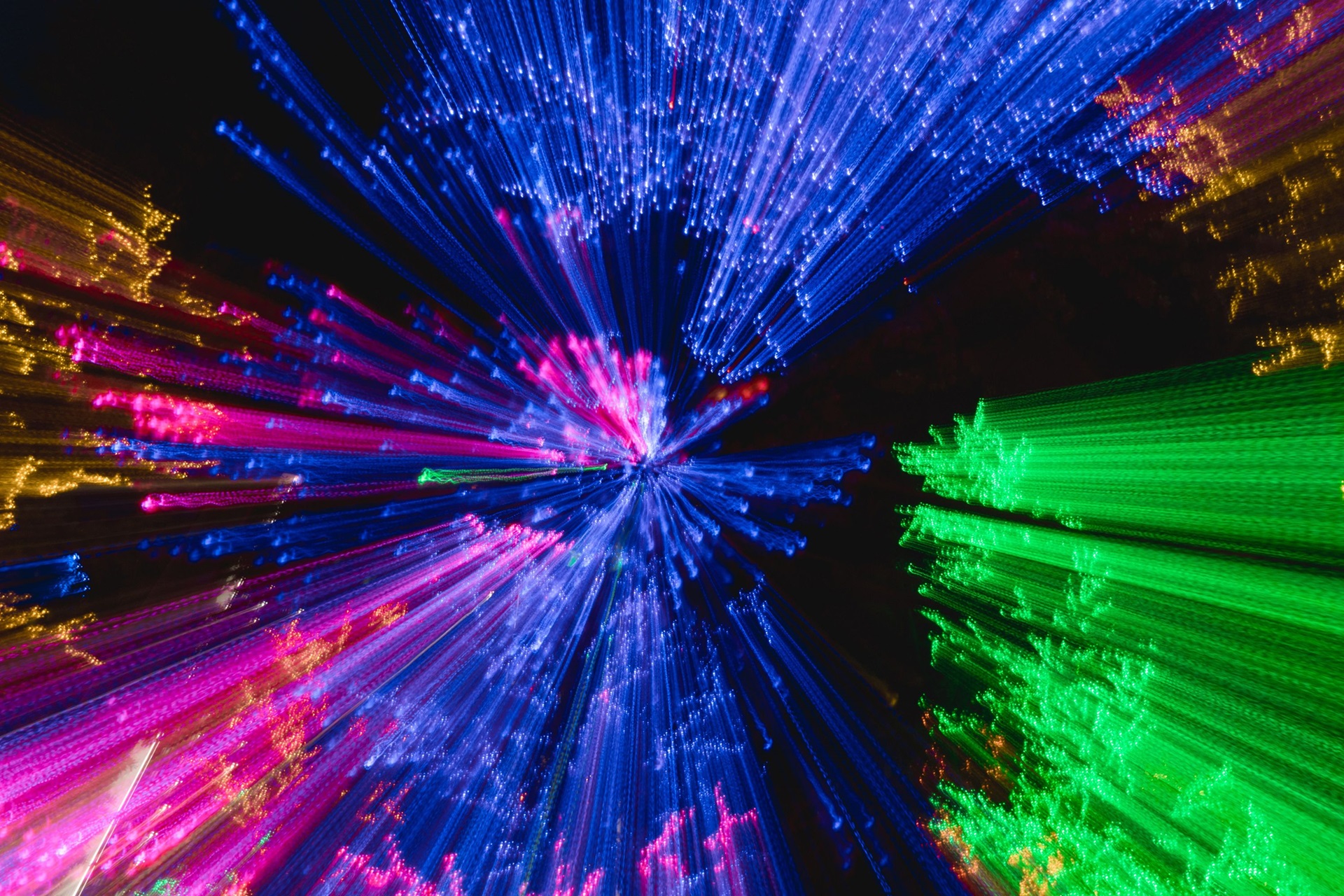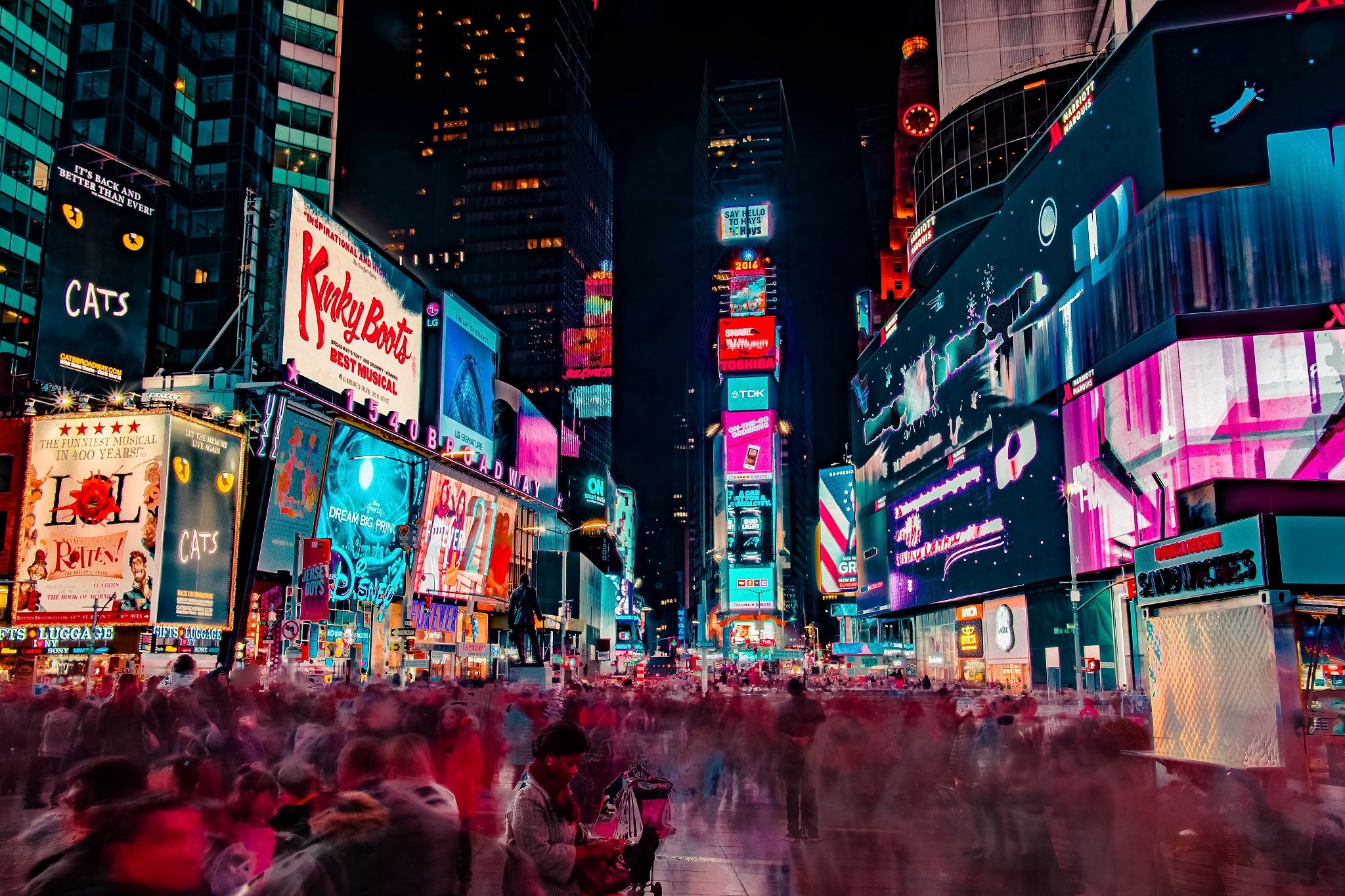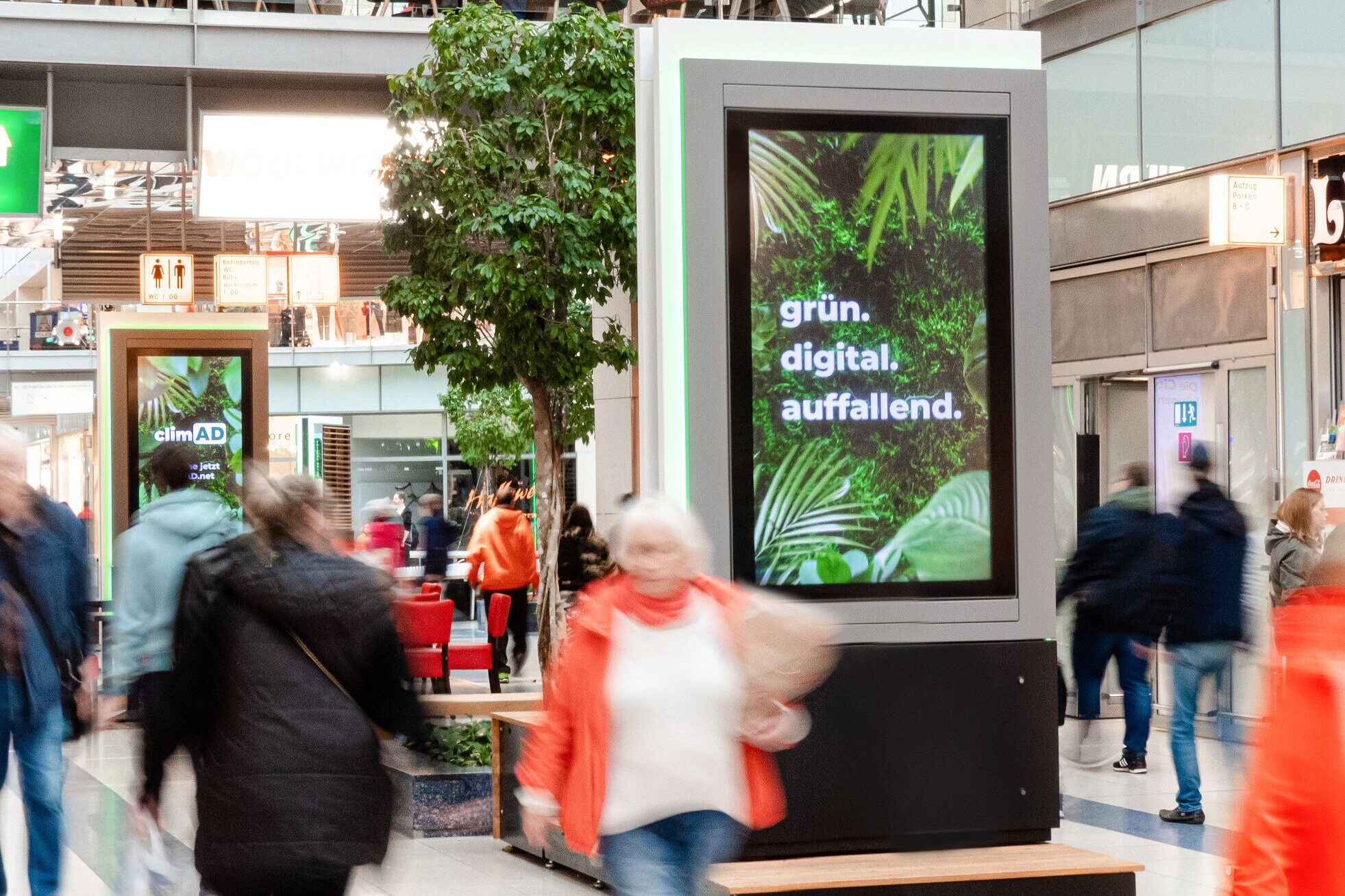“Thick air and heaps of trash”
At the beginning of the year, Germany typically experiences – quite literally – “thick air” (source). Sometimes it’s not just “thick air,” but also “thick air and heaps of trash”: firecrackers and rockets contribute to elevated levels of fine dust and tons of waste. The list also includes frightened, traumatized animals, injured people, house fires, and environmental pollution (source). Laura Stresing also refers to it as the “remnants of the celebration” on NTV (source).
Thick Air
“In the first hours of the new year, we regularly observe the highest concentrations of fine dust for the entire year,” says Ute Dauert from the Federal Environment Agency (UBA). While the annual average values are usually 15 to 18 micrograms per cubic meter, hourly values around 1000 micrograms per cubic meter are not uncommon on New Year’s Day (source). Depending on the weather conditions, particulate matter can linger in the air for a long time. This leads to irritation of the respiratory tract due to pyrotechnics, especially for “children, seniors, and people with pre-existing conditions such as asthma.” However, breathing “dirty air is harmful for everyone” (source). Yet, during the transition from 2023 to 2024, the weather was “merciful,” as reported by DPA Hessen and DPA Sachsen. The windy weather on New Year’s Eve “quickly reduced the fine dust pollution from fireworks and firecrackers this year. ‘The traditional increase in fine dust concentration after midnight was significantly lower compared to the previous year,’ reported the Hessian State Office for Nature Conservation, Environment, and Geology (HLNUG)” (source).
Credits: Chris Gilbert, Kelly Sikkema, Roven Images von Unsplash
Estimates suggest that “solely through the ignition of fireworks, approximately 2050 tons of fine dust are released annually,” with the majority occurring on New Year’s Eve. This accounts for nearly one percent of the annual total emissions, which are typically caused by sources such as traffic, wood heating, agriculture, and industry (source). Only “during the COVID years 2021 and 2022 could those affected breathe a sigh of relief during the New Year’s transition” due to “firecracker and gathering bans,” as “the fine dust values remained inconspicuous according to the UBA” (source).
Heaps of Trash & Environmental Impact
However, the New Year transition causes “not only tons of fine dust but also a lot of litter”: According to a statement from the Association of Municipal Companies in 2018, about 200 tons of waste are generated on New Year’s Day alone at the hotspots of the five largest cities in Germany, and this is only a fraction of the aftermath of New Year’s Eve (source). The substantial amounts of residual waste would contain “toxic heavy metal particles such as lead, nickel, arsenic, and cadmium,” which, after the “explosion and settling in soils and waters, also enter the food chain of humans and animals” (source). Although items like “rocket caps, bases, or fuse coverings” have often been replaced with “biodegradable materials” in recent years, they are still not considered “organic waste” due to pollutant contamination (source). In the future, “the industry aims to replace all plastics, thereby saving up to 3,500 tons of plastic waste” (source). Greta Prünster, author and editor-in-chief at BR24, therefore questioned whether there is such a thing as “green eco-fireworks.” Magdalena Rusan (Ludwig Maximilian University of Munich) is “one of the few chemists nationwide researching this,” and she told BR24: “The sustainability aspect is not so old,” “[o]f course, research into sustainable fireworks is underway, but such things take time” (source). This is because the field is quite complex, encompassing everything from packaging to production, contained substances, and combustion.

Credits: Ricardo Loaiza von Unsplash
Positive Developments?
The results of a YouGov survey indicate that the “majority of Germans disapprove of fireworks on New Year’s Eve” (source). “According to a recent Forsa survey, 59 percent of people in Germany wish for a general ban on fireworks” (source). Moreover, the environmentally and health-harmful impacts are primarily one thing – “easily avoidable” (source). In the KronenZeitung, Zumtobel expressed that many people have already recognized “that fireworks and firecrackers are no longer contemporary; some municipalities and tourism associations are also abstaining from them during the New Year and offering attractive alternatives such as light shows. The trend is heading in the right direction” (source).
Credits: Cosmin Serban, Sean Ong, Aaron Lee von Unsplash
“Why not have fireworks on DOOH?”
This was the question posed by planus media GmbH last week (source). A valid question, as Digital Out-of-Home not only “displays advertisements but also impresses with comprehensive real-time communication,” which could be utilized for “the New Year’s countdown with subsequent fireworks via DOOH” (source). The digital screens would offer “several advantages”:
- “DOOH reaches 81% of the population within a week. A significant portion of Germans would likely participate live.
- No air pollution from fine dust caused by firecrackers and rockets. After all, DOOH is known to be the most environmentally friendly medium.
- Dogs, cats, and other animals have a peaceful night.
- And it’s certainly more economical. Last year, Germans invested an unimaginable 180 million euros in fireworks” (source).
The only issues mentioned are the relatively low prevalence in rural areas and the often missing auditory accompaniment of the “loud crackers” (source).
Credits: Joe Yates von Unsplash, GCS
However, standing out can be done differently. Standing out can also be green! Learn more about the first climate-positive outdoor advertising network at climAD.net.




